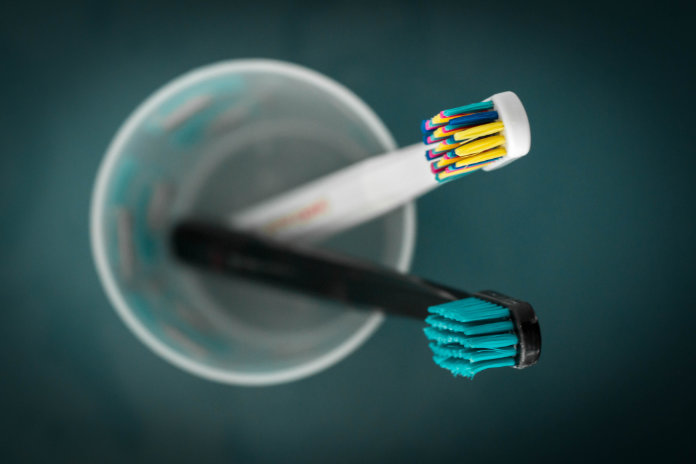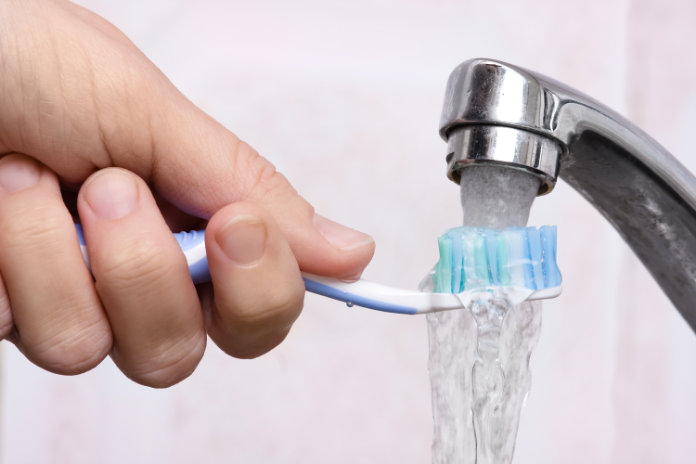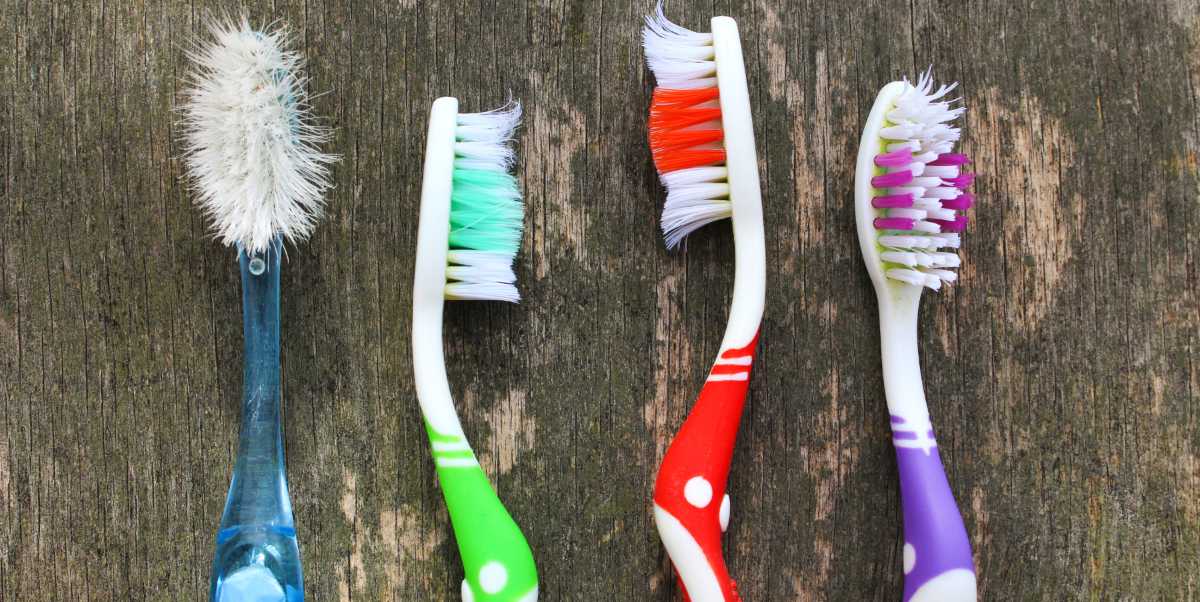Like holding onto smelly running trainers and underwear that’s way past its best, we’re probably all guilty of using the same toothbrush for a bit too long. So how often should you replace your toothbrush – and what are the telltale signs you need to giving ageing bristles the boot?
But when you think about how easily toothpaste residue can build up, the idea of putting the same piece of plastic or bamboo into your mouth over a full year becomes a pretty stomach-turning thought.
So how often should you replace your toothbrush? We asked orthodontist Dr Chaw-Su Kyi to explain.

How often should you replace your toothbrush?
“Ideally every three months, or sooner if the bristles are fraying considerably. As a general hygiene rule, look at changing your toothbrush around four times a year.”

How to keep your toothbrush germ free
“Germs and micro-organisms can harbour on your toothbrush if it’s not cleaned, but there’s no clear cut evidence that it will make you unwell.
“However, I think it’s all part of having a clean hygiene routine. You wouldn’t consider wearing the same dirty clothes every day for a year, so there’s no reason to not rinse your brush with water after using it, or to forget replacing it every three months.”
How to clean a toothbrush

“As a rule of thumb, you should always clean your toothbrush after using it. This is as easy as running the brush under water to remove any residual toothpaste or any particles of food that may be left on the bristles.
“The best thing is to simply rinse it straight away with running water, after using it. However, you can also give it a deeper clean every few weeks by swirling the toothbrush head in a cup of mouthwash, for around 30 seconds.
“I advise leaving the brush standing to air dry naturally afterwards – don’t cover your wet brush with a holder as this is how germs can potentially harbour.
“For a DIY cleaner, you could also try using denture tablets dropped in water. They are traditionally used to disinfect dentures that have a plastic component and can be safely used on toothbrushes. Make sure you’re always following the instructions though.”
And if your teeth do need attention despite your best brushing efforts, make sure you regularly visit your dentist or use professional Orthodontist London or UK-wide services to keep your teeth in tip-top condition.
Best-selling electric toothbrushes
Stuck for inspiration and fancy a change of brush? Check out our list of best-selling Amazon electric toothbrushes to replace your old manual toothbrush!
No products found.
You may be interested in…
This article may include affiliate links to products and services where we may receive a small fee to support the running of this site if you make a purchase or is a sponsored article from one of our select editorial partners providing valuable advice and information to our readers.































































